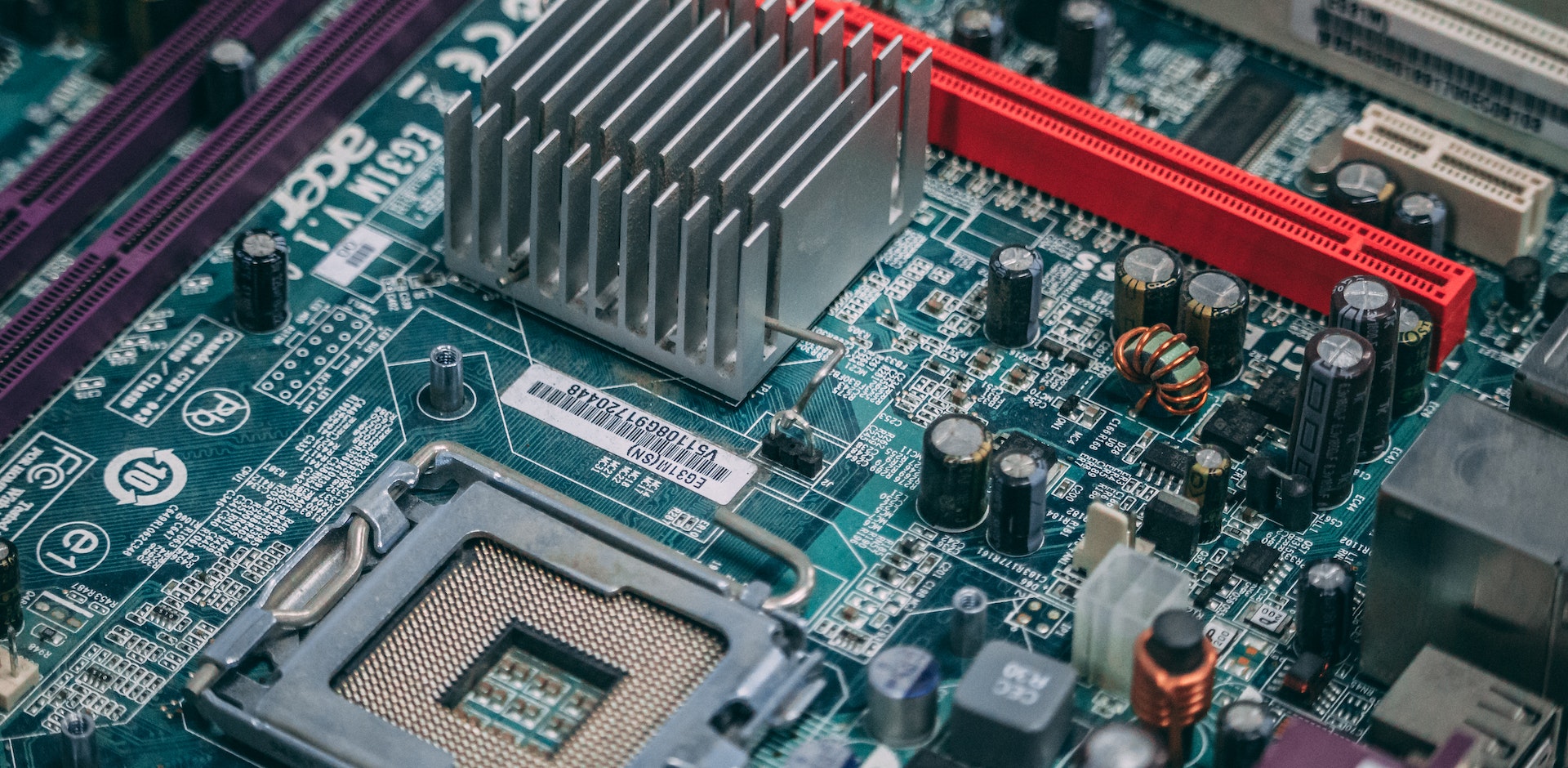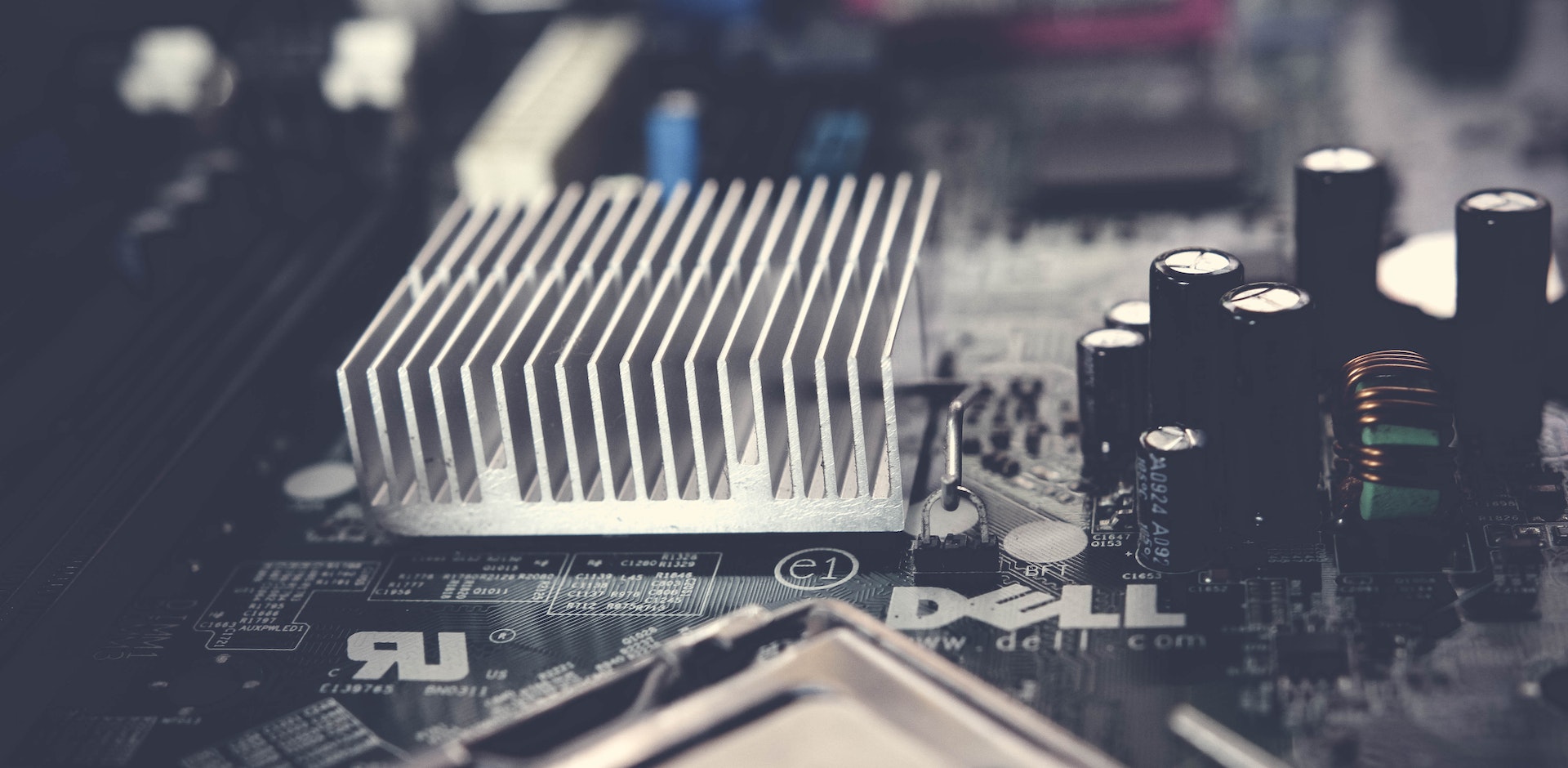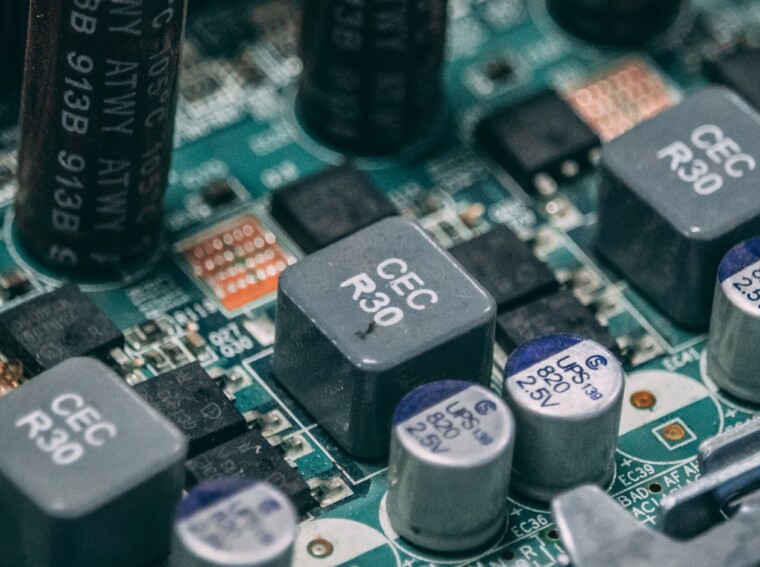As technology evolves, the Raspberry Pi has revolutionized the DIY computing landscape, captivating enthusiasts and professionals alike. With its compact size and impressive capabilities, the Raspberry Pi 5 opens up a world of possibilities for computing enthusiasts, hobbyists, and even professionals.
Comparison: Raspberry Pi 5 vs. Its Predecessors
The Raspberry Pi has come a long way since its initial release, constantly improving and pushing the boundaries of what a small, affordable computer can do. With the Raspberry Pi 5, the advancements made are truly impressive.
Firstly, one of the standout improvements with the Raspberry Pi 5 is its upgraded processing power. With a more powerful CPU and increased RAM, the Pi 5 can easily handle more complex tasks and multitask. This is a significant step from its predecessors, making it a highly capable device for various applications.
Another notable improvement is the expanded connectivity options the Raspberry Pi 5 offers. With USB 3. 0 ports and faster Ethernet connections, data transfer speeds are significantly increased, providing a smoother and more efficient user experience. This is particularly beneficial for professionals and enthusiasts who rely on the Raspberry Pi for data-intensive projects or networking purposes.
The Raspberry Pi 5 takes the already impressive capabilities of its predecessors to a whole new level. With enhanced processing power and connectivity options, it opens up a multitude of possibilities for both personal and professional use. Whether you are a hobbyist or a tech-savvy individual, the Raspberry Pi 5 offers unparalleled performance and versatility in a compact form factor.

Making The Most of Your Raspberry Pi 5’s Features
The Raspberry Pi 5 is the latest iteration of this ground-breaking device and offers a range of advanced features that take DIY computing to the next level. The Raspberry Pi 5 is a game-changer for computing enthusiasts and professionals, from its increased processing power to its expanded storage capacity.
One of the key features of the Raspberry Pi 5 is its compact size, which makes it perfect for projects where space is limited. Whether you’re looking to create your smart home system or build a portable media center, the Raspberry Pi 5’s small form factor allows you to fit it into almost any design. The Raspberry Pi 5’s impressive processing capabilities allow for seamless multitasking and faster performance, making it an ideal choice for more complex projects.
Another standout feature of the Raspberry Pi 5 is its connectivity options. With built-in Wi-Fi and Bluetooth, you can easily connect to the internet, peripherals, and other devices. This opens up a world of possibilities, from streaming media wirelessly to controlling your projects remotely. The Raspberry Pi 5’s enhanced GPIO (General Purpose Input Output) pins allow for greater flexibility in connecting external devices and sensors, making it an excellent choice for IoT (Internet of Things) projects.
The Raspberry Pi 5 is a remarkable device offering incredible features and possibilities. Its compact size, powerful processing capabilities, and extensive connectivity options make it a must-have for DIY enthusiasts, hobbyists, and professionals. In the following sections, we will dive into more specific features and provide tips and tricks to help you maximize your Raspberry Pi 5. Stay tuned for an exciting exploration into the limitless potential of this diminutive yet mighty device.

Integrating Raspberry Pi 5 into Educational Environments
Integrating the Raspberry Pi 5 into educational environments can revolutionize how students learn and engage with technology. Its compact size and affordability make it accessible for schools with limited budgets, allowing them to provide cutting-edge technology to their students. The Raspberry Pi 5 offers various applications, from coding and programming to robotics and digital art, making it suitable for various subjects and disciplines.
One of the key benefits of incorporating the Raspberry Pi 5 into educational settings is its versatility. Students can learn and experiment with various programming languages and environments, such as Python and Scratch. They can also explore hardware components and sensors, enabling them to build their projects and prototypes. The Raspberry Pi 5 encourages hands-on learning and problem-solving skills, as students can actively design and create their own solutions.
Moreover, the Raspberry Pi 5 promotes collaboration and teamwork among students. With its networking capabilities, students can connect multiple Raspberry Pi devices and work together on projects, fostering a sense of community and cooperation. This cooperative learning approach enhances technical skills and develops important social and communication skills that are essential for the modern workplace. By integrating the Raspberry Pi 5 into educational environments, schools can empower students to become innovators and creators, equipping them with the necessary skills and knowledge for the digital age.

